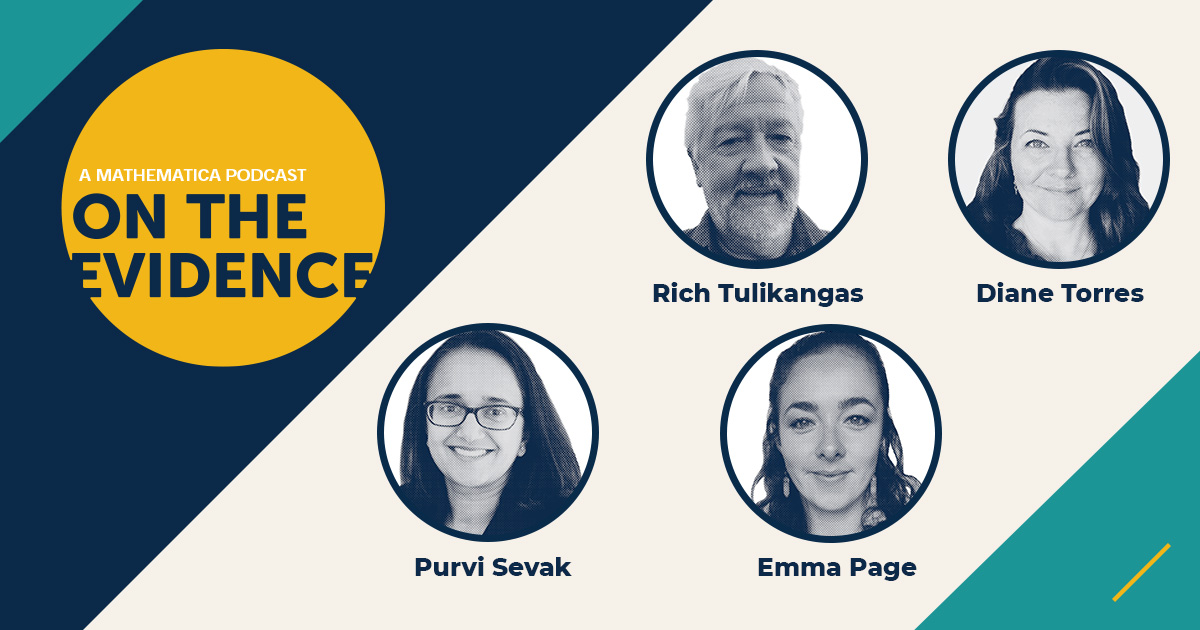Youth with disabilities face many challenges as they transition from high school to adulthood. Compared with their nondisabled peers, a greater share of youth with disabilities experience higher rates of poverty, health issues, service needs, dependence on benefits, and poorer academic performance, and they face lower expectations for their education and employment achievements. More inclusive attitudes and policies, such as those promoted in the Workforce Innovation and Opportunity Act, recognize the value of continued education and work experience for youth with disabilities, and evidence has shown that they can succeed in the workforce with proper supports. As a result, federal and state agencies have bolstered their efforts to better serve youth with disabilities during this critical transition.
One of these initiatives is the Vermont Linking Learning to Careers project, which was made possible by a Disability Innovation Fund grant from the Rehabilitation Services Administration at the U.S. Department of Education. A newly released impact evaluation of Linking Learning to Careers conducted by Mathematica showed the project had significant improvements on services, education, and, for some students, employment.
The Vermont Division of Vocational Rehabilitation sought to improve the college and career readiness of roughly 400 high school students with disabilities by providing a more individualized and targeted approach to help them gain confidence and strategically plan for their futures. Students participating in Linking Learning to Careers received unpaid and paid work-based learning experiences aligned with their individual plans, opportunities for college exploration and coursework at the Community College of Vermont, transportation assistance, and access to assistive technology. The program added staff so that each student had a team providing transition support. The program also coincided with a shift at the Division of Vocational Rehabilitation that extended the time frame staff work with participants to go beyond high school graduation into young adulthood and reoriented its service delivery toward a long-term career perspective rather than short-term job placement.
“Through Linking Learning to Careers, the Vermont Division of Vocational Rehabilitation offered a comprehensive approach to work-based learning tied to other supports, and the evaluation provides strong, promising evidence on the early effects of their model,” said Todd Honeycutt, a Mathematica principal researcher and project director of the evaluation.
Mathematica conducted an implementation evaluation to determine whether Linking Learning to Careers was implemented as intended and an impact evaluation to track students’ outcomes for up to two years after they enrolled in the program. Some of the key findings highlighted in the impact report include the following:
- Linking Learning to Careers had a large impact on service use. It led to a 16 percentage point increase in the share of students having two work-based learning experiences, including one paid, and was associated with a 41 percentage point increase in the share of students that had at least one work-based learning experience.
- There was a large positive impact on enrollment in postsecondary education. The program increased participation in postsecondary education by 8 percentage points.
- The program affected employment outcomes for later enrollees but not all participants. Later enrollees in the program were 11 percentage points more likely to have paid employment within 24 months, but the program did not affect employment outcomes for all participants when compared with the control group. The report discusses several reasons for the lack of impact on all participants, including that most youth had not graduated high school by 24 months after enrollment.
Vermont’s ability to design and pilot this program and employ the lessons learned from the evaluation supported the Division of Vocational Rehabilitation’s decision to refine its transition program practices for youth with disabilities. Hear more about the insights and lessons from Linking Learning to Careers in a video podcast about how Vermont went beyond work-based learning experiences in its transition services for youth with disabilities. Also available is a blog that offers a road map to other state vocational rehabilitation agencies looking to improve their youth programs. Finally, check out a recording of a webinar in which project leaders, evaluation and technical assistance staff, transition team members, and a student participant discuss their experiences with Linking Learning to Careers.


